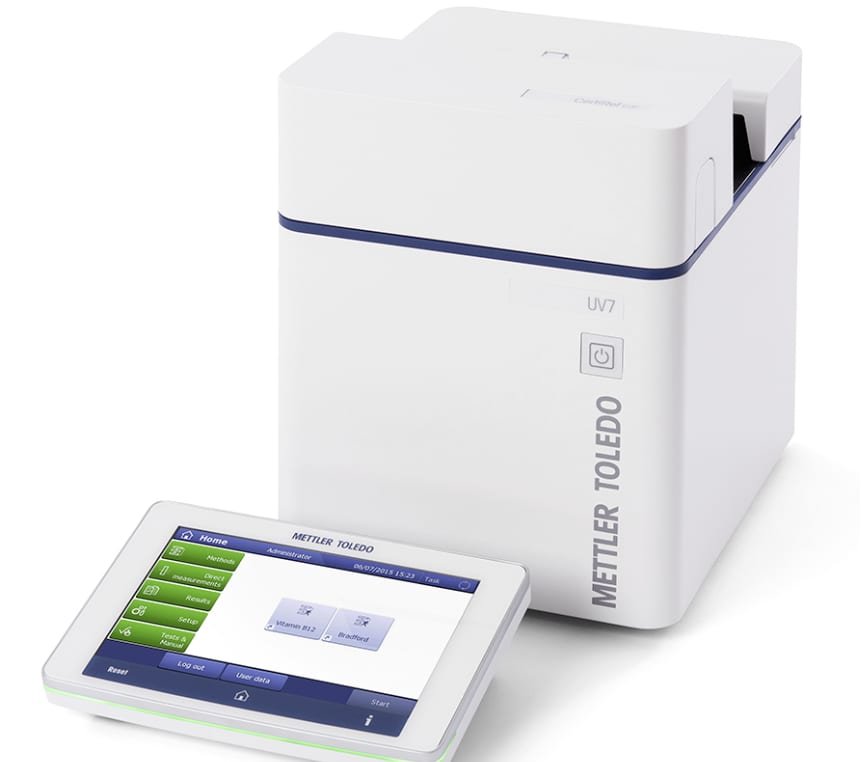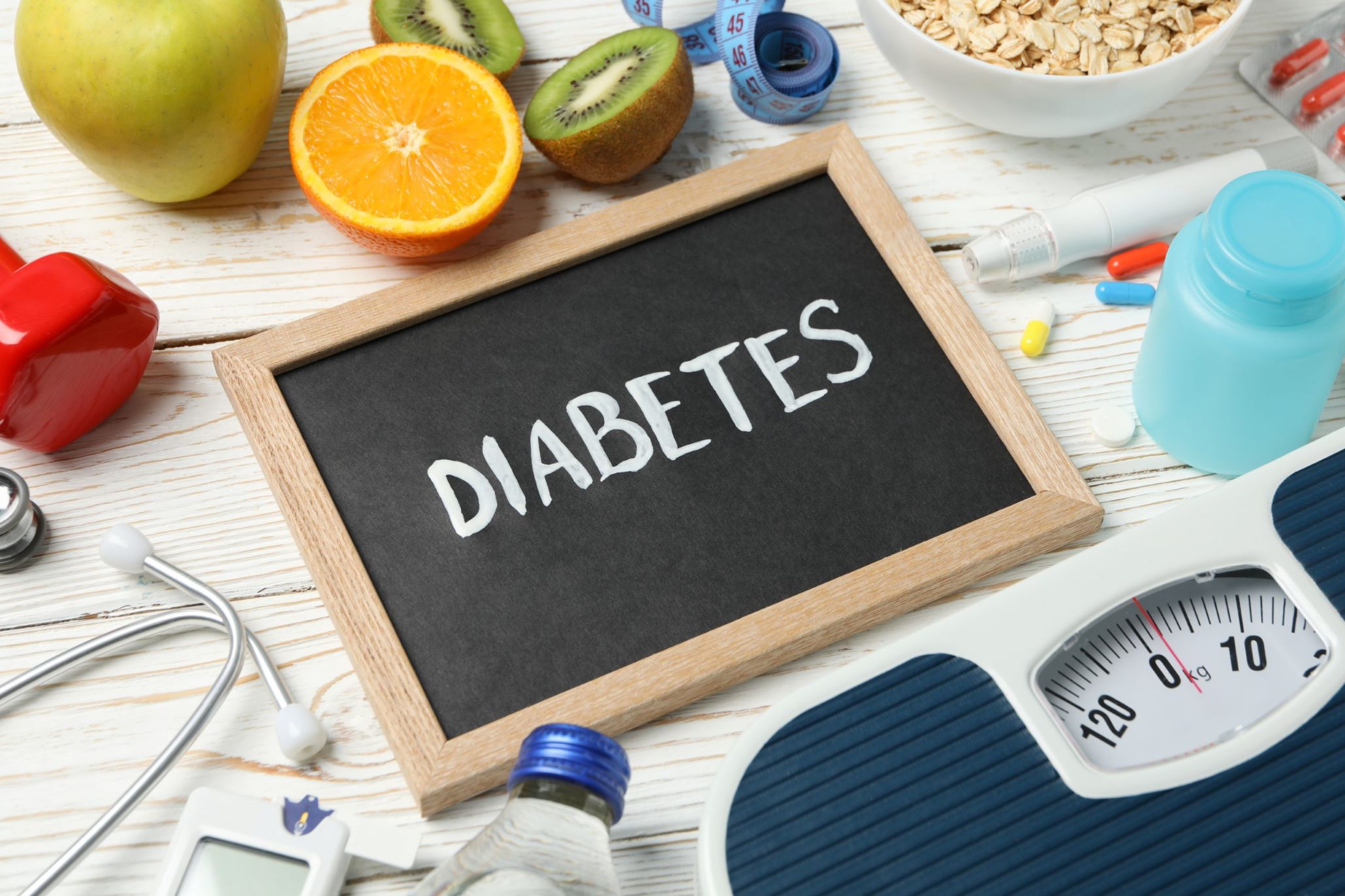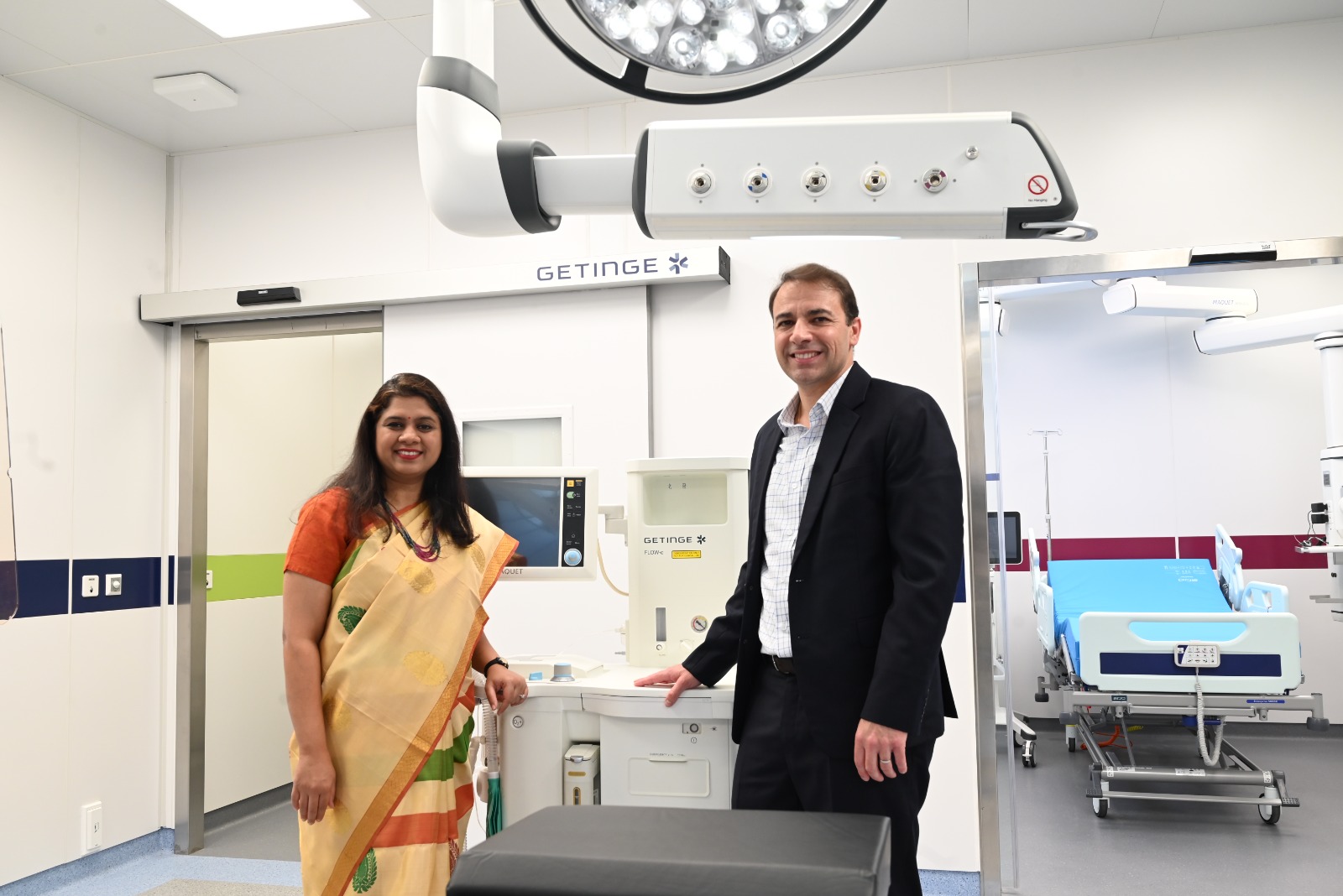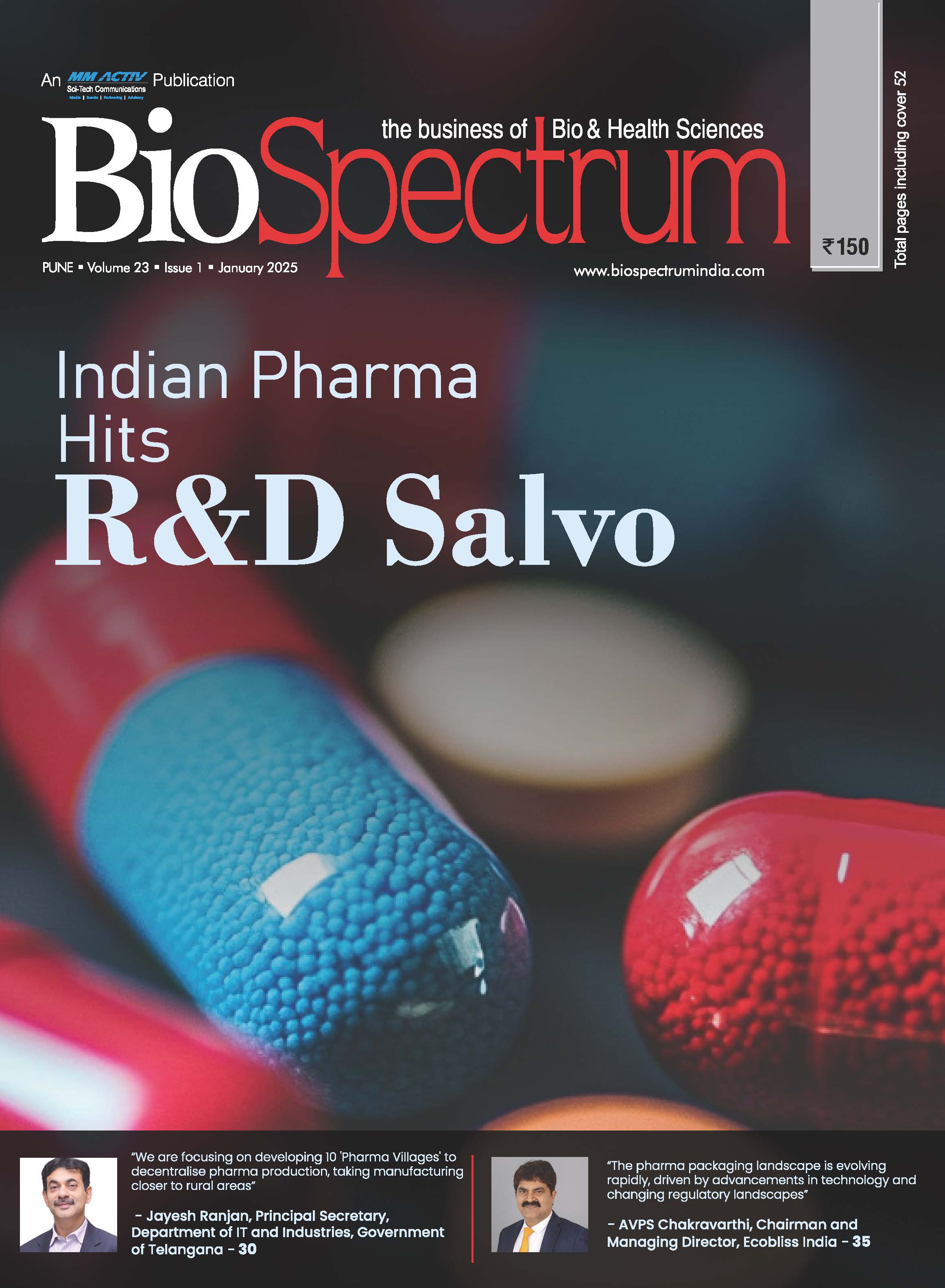UV Vis Spectroscopy and Recent Changes in Pharmacopeia
13 April 2020 | News
Pharmacopeias provide general chapters describing the apparatus (aka instruments) needed in order to perform the analysis of the drugs described in the monographs. They also describe the procedures to ensure that the instruments perform according to the required criteria. European Pharmacopeia (Ph. Eur.) and the United States Pharmacopeia (USP) are most followed guidelines for regulatory laboratories.

Almost every modern day pharmaceutical and chemical laboratories are equipped with UV-Visible Spectrophotometers. Calibration is essential phase for UV-Vis Spectrometers in operational qualification, just like for every other analytical instruments.
Recently, European Pharmacopeia (Ph. Eur.) and the United States Pharmacopeia (USP) have drafted changes to their respective chapters containing guidelines for the performance verification of UV/VIS spectrophotometers. The changes came into effect and be mandatory with the release of the Ph. Eur. Edition 10.0 (January 1, 2020) and the 2nd supplement to USP 42-NF 37 (December 1, 2019), respectively.
Changes in United State Pharmacopeia (USP) & European Pharmacopeia (Ph. Eur. or EP)
- Control of wavelength
Due to inherent wavelength precision in diode array spectrometers, USP interestingly differentiate over wavelength repeatability for scanning (non-diode-array) and diode array spectrophotometer. Statement briefed as 'for non-diode array instruments, wavelength accuracy and precision are determined over the operational range using at least six replicate measurements. For wavelength precision, the standard deviation of the mean must not exceed 0.5 nm. For diode array instruments, only one wavelength accuracy measurement is required, and no precision determination needs to be performed.'
However wavelength accuracy in both USP and Ph. Eur. unchanged as ' ±1 nm in the UV region (200–400 nm), and in the visible region (400–700 nm) not exceed ±2 nm.
METTLER TOLEDO spectrophotometers offer latest diode array technology as CCD array detector.
- Nicotinic acid is now an approved filter for photometric accuracy determination
Ph. Eur. no longer approves the manual preparation of potassium dichromate (PDC); since it is listed in Annex XIV of the REACH regulation and instead defines the preparation procedure of a nicotinic acid solution. However, certified PDC solutions in sealed quartz cuvettes (from accredited vendors such as Hellma and Starna), even though not explicitly mentioned in the text, remain fully permitted.
USP maintains the suitability of PDC as an acceptable filter for the determination of photometric accuracy and repeatability, and like Ph. Eur., approves nicotinic acid as well.
- Mandatory photometric linearity Test
For the first time, both Ph. Eur. and USP explicitly state that the photometric linearity of spectrophotometers must be checked. The same filter type as used for photometric accuracy can be used to check the linearity by measuring multiple concentrations/filters thereof.
Ph. Eur. Ed. 10 clearly states that multiple concentrations/filters should be measured in accordance with the ‘intended linear range’, depending on the operational range determined by the customer application. USP 42 states that the photometric response (accuracy) is to be checked for ‘‘at least three absorbance levels’’. The filters and concentrations used also depend on the operational range required by the customer application.
For most pharmaceutical applications the operational range is between 0.1 A - 1.5 A (based on a survey of all Ph. Eur. and USP monographs). This corresponds to a concentration of 36 mg/L for nicotinic acid solutions and 100 mg/L for potassium dichromate solutions.
- Stray light procedure
The procedure defined by Ph. Eur. has not changed. However, USP have now introduced procedure B (based on the specific wavelength method (SWM)) into their regulation, which is the same procedure as described in the Ph. Eur.
USP chapter also mention, 'the adverse effect of stray light increases with aging of optical components and lamps in a spectrophotometer. The effects are greater at the extremes of detector and lamp operational ranges.' That indicates lesser the components such as single lamp instead of two, wider range detector, no/lesser mirrors, etc. may have advantages.
Summary of the performance verification required by Ph. Eur. Ed. 10 and USP 42-NF 37
|
Test Parameters |
Ph. Eur. Ed. 9 |
Ph. Eur. Ed. 10 |
USP 41 |
USP 42 |
|
Wavelength accuracy |
✓ |
✓ |
✓ |
✓ |
|
Wavelength repeatability |
✓* |
✓* |
||
|
Photometric accuracy |
✓ |
✓ |
✓ |
✓ |
|
Photometric Repeatability |
✓ |
✓ |
||
|
Photometric linearity |
✓ |
✓ |
||
|
Stray light |
Proc. B |
Proc. B |
Proc. A |
Proc. A + B |
|
Resolution |
✓** |
✓** |
✓ |
✓ |
* Wavelength repeatability not required for array-based spectrophotometers
** If required by the monograph
METTLER TOLEDO Solution for spectrophotometer
METTLER TOLEDO Spectrophotometers are latest CCD array detector based instruments. These are supported with two accessories set viz. Certiref EUP and USP to help comply with the Pharmacopoeia tests. This is now expanded to LinSetsTM covering additional test of 'photometric linearity. These accessories contain Certified Reference Materials (CRMs) as per latest changes. Service engineers for calibration usually carry these accessories during operational qualification. These accessories are also available for direct purchase.
















